Archives
- 2025-11
- 2025-10
- 2025-09
- 2025-03
- 2025-02
- 2025-01
- 2024-12
- 2024-11
- 2024-10
- 2024-09
- 2024-08
- 2024-07
- 2024-06
- 2024-05
- 2024-04
- 2024-03
- 2024-02
- 2024-01
- 2023-12
- 2023-11
- 2023-10
- 2023-09
- 2023-08
- 2023-06
- 2023-05
- 2023-04
- 2023-03
- 2023-02
- 2023-01
- 2022-12
- 2022-11
- 2022-10
- 2022-09
- 2022-08
- 2022-07
- 2022-06
- 2022-05
- 2022-04
- 2022-03
- 2022-02
- 2022-01
- 2021-12
- 2021-11
- 2021-10
- 2021-09
- 2021-08
- 2021-07
- 2021-06
- 2021-05
- 2021-04
- 2021-03
- 2021-02
- 2021-01
- 2020-12
- 2020-11
- 2020-10
- 2020-09
- 2020-08
- 2020-07
- 2020-06
- 2020-05
- 2020-04
- 2020-03
- 2020-02
- 2020-01
- 2019-12
- 2019-11
- 2019-10
- 2019-09
- 2019-08
- 2019-07
- 2019-06
- 2019-05
- 2019-04
- 2018-11
- 2018-10
- 2018-07
-
Growing evidence supporting the anti inflammatory
2022-01-11
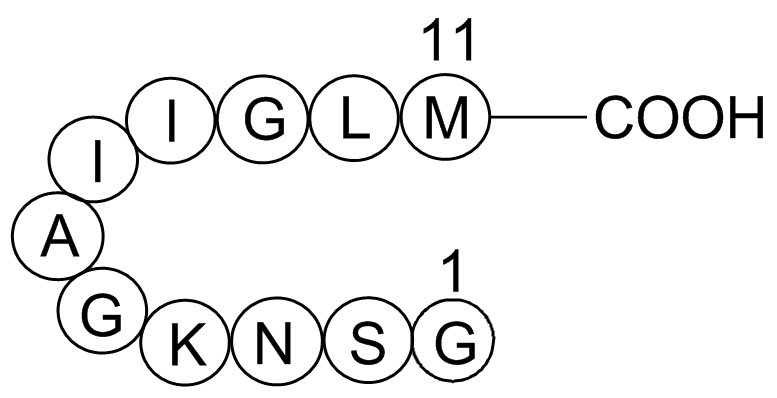
Growing evidence supporting the anti-inflammatory and tissue-protective effects of FPR antagonists led to the screening of commercial libraries for novel small-molecule FPR antagonists. As result of these screening efforts and/or structure–activity relationship (SAR)-directed design and synthesis, a
-
The inhibitory activities of the compounds with the modifica
2022-01-11
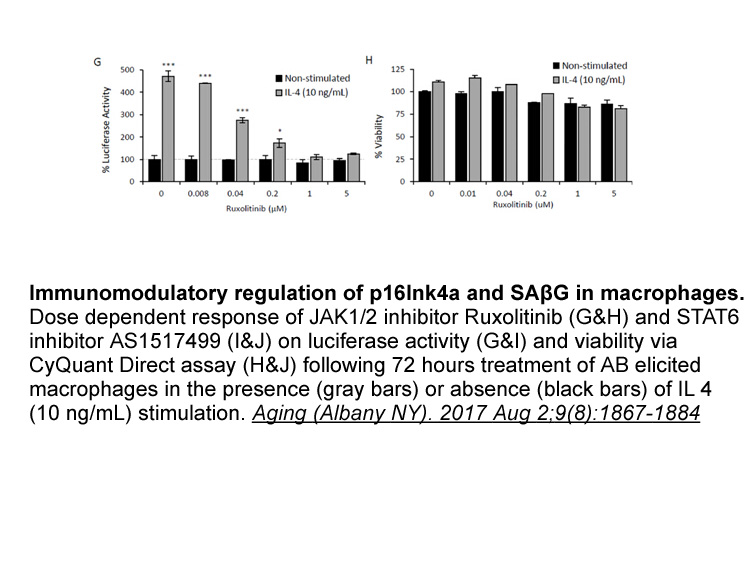
The inhibitory activities of the compounds with the modification of the amino group against human liver FBPase are summarized in . Replacement of the amino group of with hydrophobic substituent such as a methyl group () led to a substantial loss of activity (IC=995nM). Similarly, replacement with ha
-
integrase inhibitors mechanism The second patient had a homo
2022-01-11
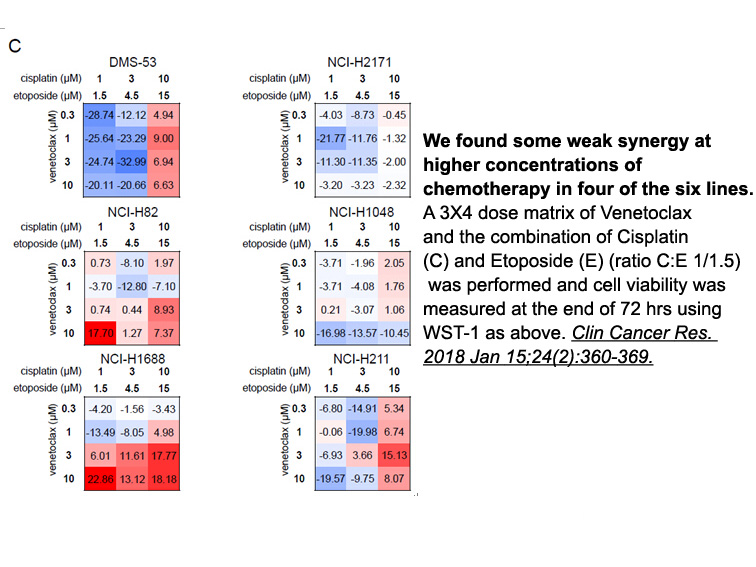
The second patient had a homozygous substitution within exon 6 (c.538C>T). The parents were heterozygous and showed no clinical or immunological defect. The mutation has been predicted to alter a potential exonic splicing enhancer (ESE) site. Therefore, exon 6 skipping could be explained by the ESE-
-
Evidence demonstrating the interplay between
2022-01-11

Evidence demonstrating the interplay between hypoxia and the dynamics of histone methylation is mounting [15], [43]. For example, hypoxia leads to an increase in H3K4me3 by inhibiting their responsible demethylase [44]. Hypoxia also leads to an increase in H3K9me2 by upregulating the methyltransfera
-
BCATc Inhibitor 2 br Results br Discussion The present findi
2022-01-11
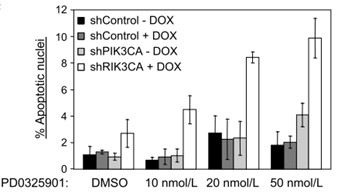
Results Discussion The present findings outline a novel regulatory mechanism for fasting-induced ketogenesis, which involves histamine release from mast BCATc Inhibitor 2 into the hepatic portal system, H1 receptor-mediated stimulation of liver OEA biosynthesis, and recruitment of the nuclear
-
br Introduction Sister chromatid cohesion is established dur
2022-01-11
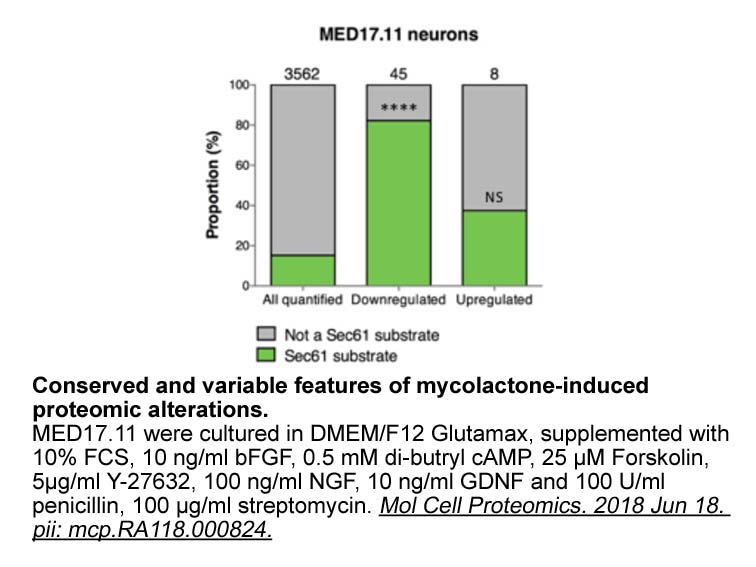
Introduction Sister-chromatid cohesion is established during DNA replication by a ring-shaped cohesin complex consisting of the core subunits Smc1, Smc3, Scc1, and SA1 or SA2, which recruit regulatory subunits Pds5 (Pds5A/B in vertebrates), Wapl, and Sororin to regulate the association of cohesin
-
IL had marked effects on the
2022-01-11

IL-33 had marked effects on the inflammatory response in human adipocytes beyond GPR84, with a substantial stimulation of the expression of a selected group of cytokine and chemokine genes. Expression of IL1B, a co-member of the IL-1 superfamily, was strongly up-regulated by IL-33, as was IL6 and CX
-
Human GPR hGPR was originally isolated in as an orphan
2022-01-11

Human GPR55 (hGPR55) was originally isolated in 1999 as an orphan GPCR with high levels of expression in human striatum (Sawzdargo et al., 1999) (Genbank accession # NM_005683.3). hGPR55 was mapped to human chromosome 2q37, and in the human CNS it is predominantly localized to the caudate, putamen,
-
GPR is a G protein coupled receptor that has
2022-01-11
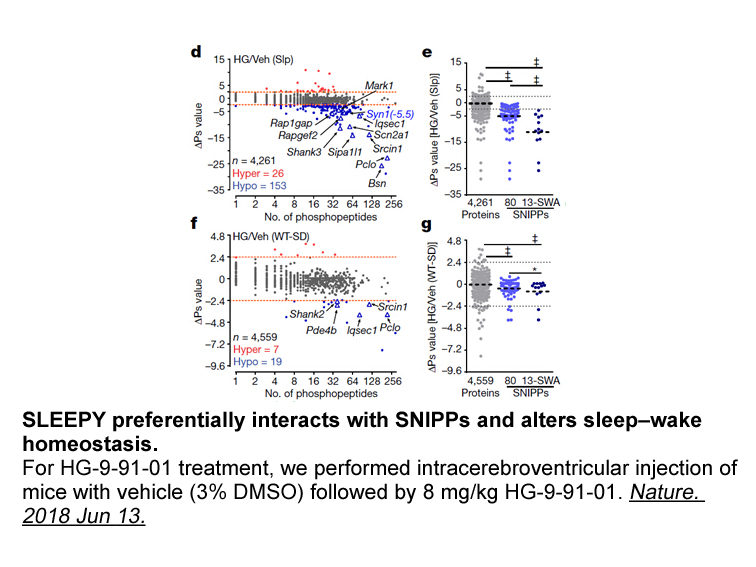
GPR55 is a G protein-coupled receptor that has pro-oncogenic properties and whose expression correlates with tumor aggressiveness and increased activation of extracellular signal-regulated kinase (ERK) cascade [12]. Elevated expression of GPR55 has been linked to aggressiveness in human pancreatic,
-
Fmoc-Ser(tBu)-OH Compounds and were tested for pharmacodynam
2022-01-11

Compounds , and were tested for pharmacodynamic effects in a mouse oral glucose tolerance test (oGTT) in wild-type and GPR120 deficient mice, and each compound demonstrated GPR120 mechanism-based effects. Data for compound is shown in , indicating mechanism-based reduction in glucose excursion a
-
br FFA GPR was deorphanised as the second receptor for
2022-01-11
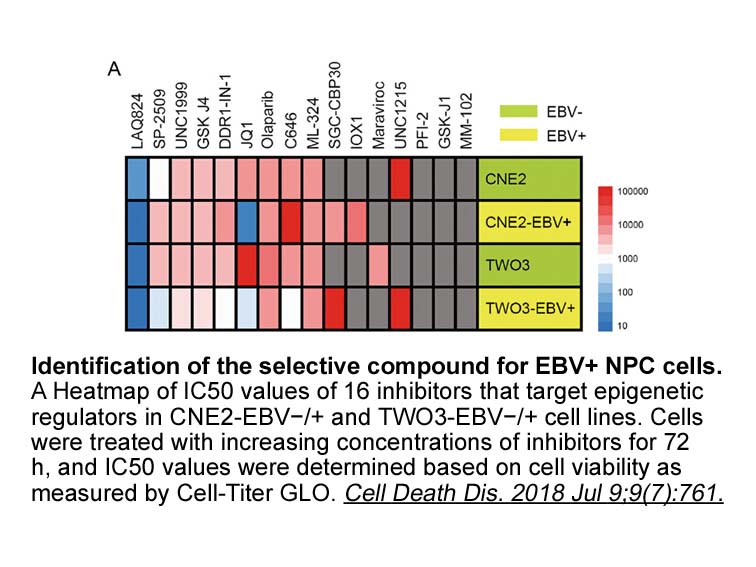
FFA4 GPR120 was deorphanised as the second receptor for long-chain fatty acids in 2005 [5]. Initial focus highlighted expression in the lower gut, the capacity of unsaturated fatty acids to promote release of the incretin glucagon-like peptide-1 (GLP-1) from the enteroendocrine cell line STC-1, a
-
FR 180204 Based on these findings we set out to identify GPR
2022-01-11
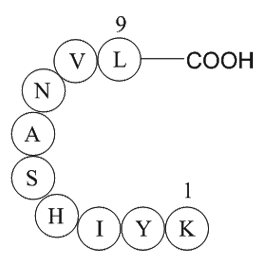
Based on these findings, we set out to identify GPR109A agonists capable of biasing the receptor's signaling towards the functional anti-lipolytic and presumed therapeutic response, and away from the flushing side-effect pathways. Indeed, using recombinantly expressed GPR109A, two classes of compoun
-
As the material for in silico
2022-01-11
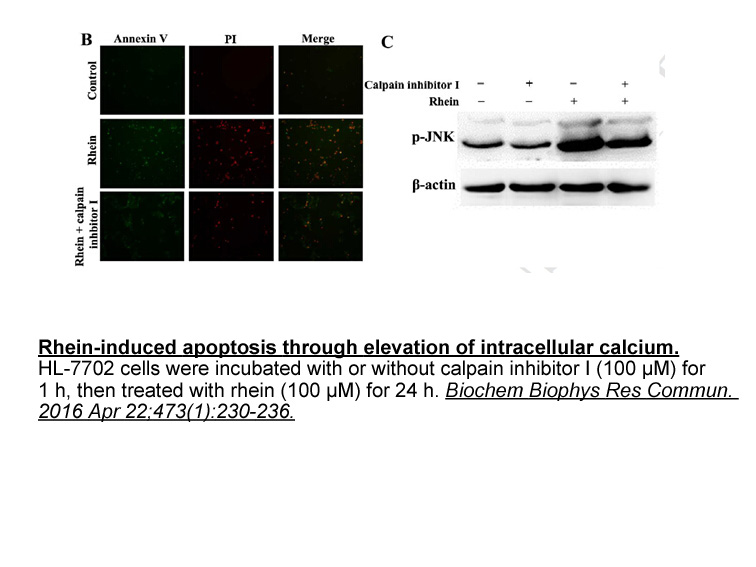
As the material for in silico experiments we used an amino OPP sequence of a fragment of HIV1 surface glycoprotein gp120 corresponding to its less mutable B-cellular epitope: NMWKNNMVEQMHEDIISLWDQ. This sequence is the same as the sequence of the NQ21 and the biotin-NQ21 peptides (the last one has a
-
Gli signaling pathways play critical
2022-01-10
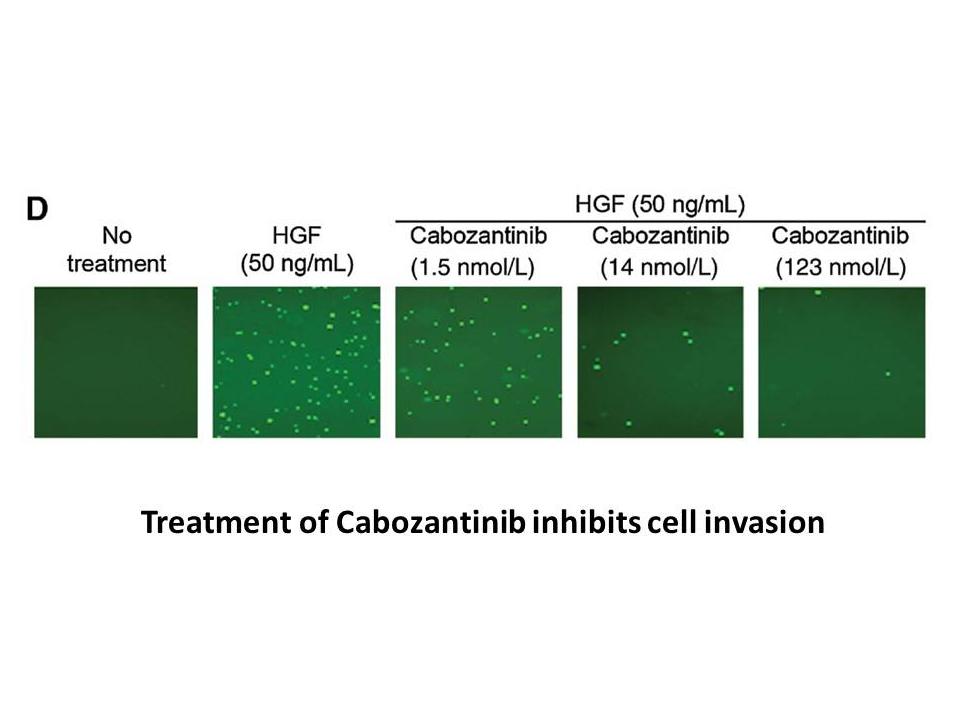
Gli signaling pathways play critical roles in embryonic and postnatal lung development [22]. Many reports suggest that wound healing and fibrotic diseases involve activation of pathways used during development [23]. In the adult lung, Gli signaling activity measured by Gli1 expression is restricted
-
When tested in dog at mg kg showed a reduction
2022-01-10
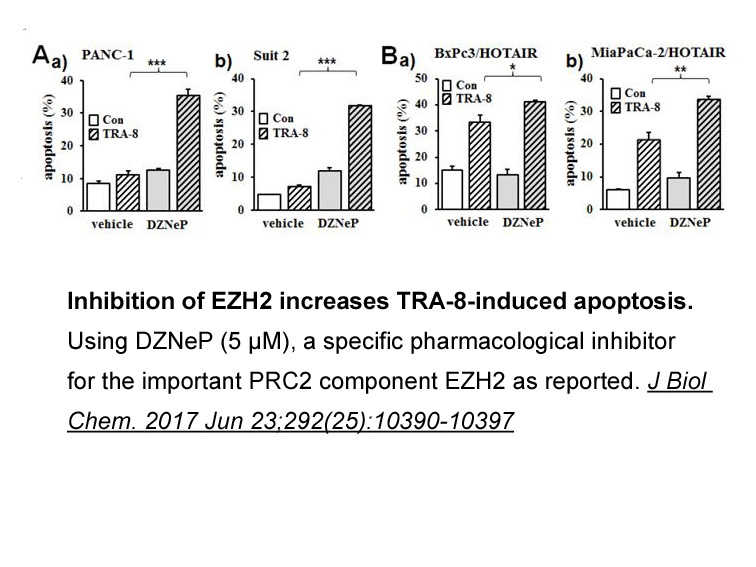
When tested in dog at 20mg/kg, showed a reduction of 56% of Aβ42 in the cerebrospinal fluid (CSF) 8h post doing, comparable to that of (see ). Upon evaluation of chemical informative post in a one week repeated dose study in dog, at 10 and 20mg/kg/day, no increase in liver enzyme levels (ALT or
15826 records 501/1056 page Previous Next First page 上5页 501502503504505 下5页 Last page